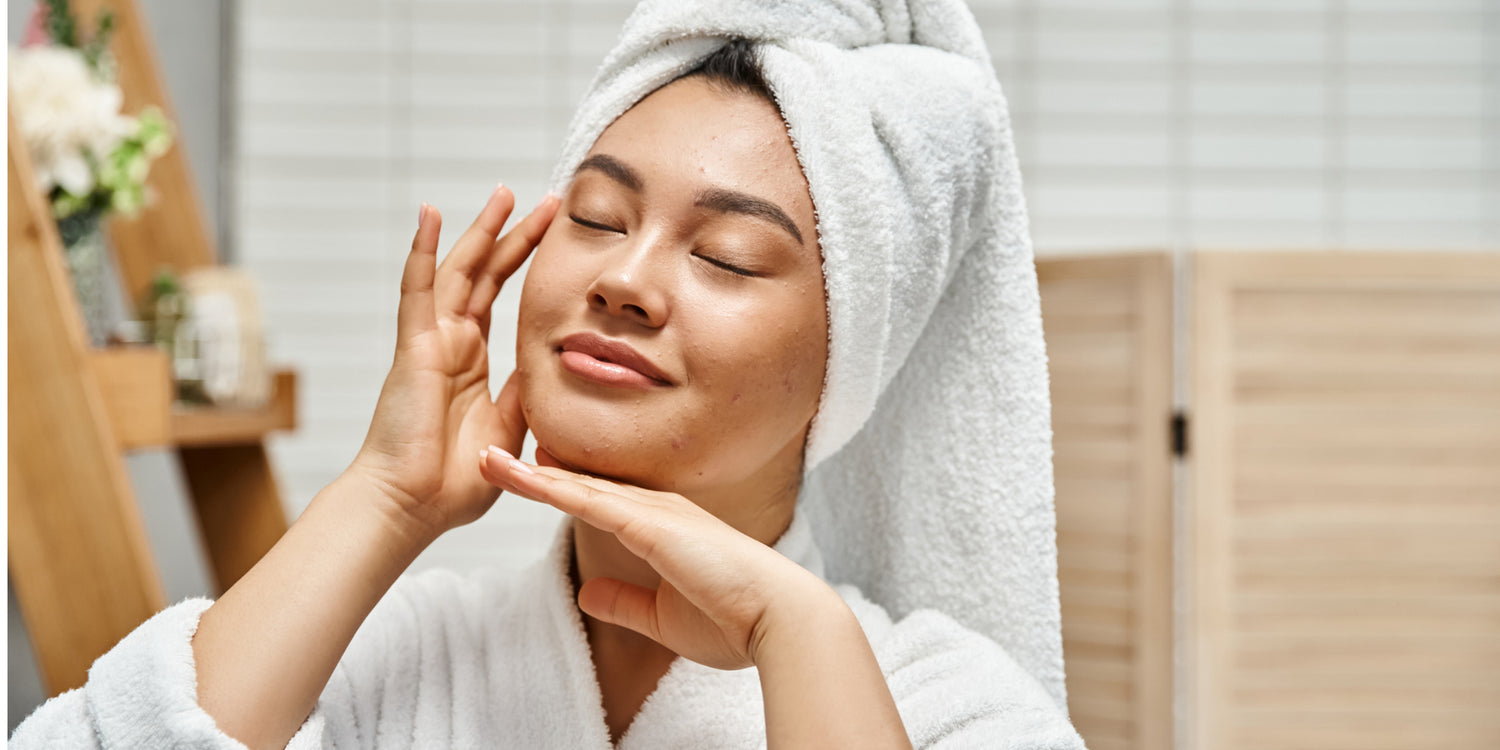Holistic Wellness: How to Achieve Balance and Harmony in Your Body, Mind, and Spirit

Stay tuned to our latest news
Holistic wellness is a concept that encompasses the whole person, not just the physical aspect. It is based on the idea that the body, mind, and spirit are interconnected and interdependent, and that each one affects the other. Holistic wellness aims to achieve balance and harmony among these three dimensions of the self, and to promote optimal health and well-being.
The concept of holistic wellness is rooted in the idea that each person is a unique individual with their own specific needs and challenges. This means that what works for one person may not necessarily work for another, and that a one-size-fits-all approach to health and wellness is not effective. Instead, holistic wellness encourages individuals to take a personalized approach to their health, taking into consideration their own unique circumstances, experiences, and goals.
Importance of Considering Traditional and Alternative Practices

When it comes to maintaining our overall well-being, it’s important to consider both traditional and alternative practices. A holistic guide to wellness takes into account the mind, body, and spirit, and incorporates a variety of approaches to achieve optimum health.
Traditional practices, such as Western medicine, have long been the primary method of treating and preventing illness. However, alternative practices, such as acupuncture, chiropractic care, and herbal remedies, offer different perspectives on healing and have been gaining popularity in recent years. These practices focus on treating the root cause of the issue rather than just the symptoms, and can often provide a more natural and less invasive approach to health.
By incorporating both traditional and alternative practices into our wellness routine, we can benefit from a more comprehensive and well-rounded approach to health. Traditional medicine can offer advanced diagnostic tools and treatments for acute conditions, while alternative practices can provide a more personalized and holistic approach to chronic issues. Additionally, alternative practices often focus on the importance of mental and emotional well-being, which is an essential component of overall health that is sometimes overlooked in traditional medicine.
It’s important to remember that every individual is unique, and what works for one person may not work for another. By exploring and considering a variety of traditional and alternative practices, we can find the best combination of treatments and approaches that work for our specific needs. A holistic guide to wellness emphasizes the importance of being open-minded and flexible in our approach to health, and understanding that healing takes place on multiple levels.
Conventional Medicine vs. Holistic Approach

When it comes to health and wellness, many people often debate between conventional medicine and a holistic approach. Conventional medicine typically involves treatments that are based on scientific evidence and are administered by healthcare professionals, such as medications, surgeries, and other medical interventions. On the other hand, a holistic approach focuses on addressing the individual as a whole, including their physical, mental, and spiritual well-being. This holistic guide to wellness takes into account various factors that may be impacting a person's health, such as diet, exercise, stress levels, and emotional well-being.
While conventional medicine certainly has its merits, there are limitations to its approach. It often treats symptoms rather than addressing the root cause of the issue. Additionally, some medications can come with unwanted side effects and may not always provide long-term solutions. On the other hand, a holistic approach emphasizes the importance of finding the underlying cause of an ailment and considers all aspects of a person's life that may be contributing to their health concerns.
For those who are seeking a more comprehensive approach to their health and wellness, a holistic guide to wellness may be the ideal choice. By incorporating elements such as nutrition, exercise, stress management, and mental health into their approach to wellness, individuals can achieve a more balanced and sustainable level of well-being. Furthermore, the holistic approach takes into consideration the individual's unique needs and preferences, allowing for a more personalized and patient-centered approach to healing.
Integrative Medicine: Bridging the Gap
One way to achieve holistic wellness is to explore traditional and alternative practices that can enhance your physical, mental, and spiritual health. These practices can include:
Traditional Practices

Traditional practices are those that have been used for centuries by various cultures and civilizations, and that have proven to be effective and beneficial. Some examples of traditional practices are:
- Acupuncture: This is a technique that involves inserting thin needles into specific points on the body, called acupoints, to stimulate the flow of energy, or qi, and to restore balance and harmony. Acupuncture can help with pain relief, stress reduction, immune system enhancement, and more.
- Ayurveda: This is a system of medicine that originated in India, and that is based on the principle of balancing the five elements of nature: earth, water, fire, air, and ether. Ayurveda uses various methods, such as diet, herbs, massage, yoga, and meditation, to achieve this balance and to prevent and treat diseases.
- Homeopathy: This is a form of alternative medicine that uses highly diluted substances, called remedies, to stimulate the body’s natural healing response. Homeopathy is based on the principle of “like cures like”, which means that a substance that causes a certain symptom in a healthy person can cure the same symptom in a sick person.
Alternative Practices

Alternative practices are those that are not part of the mainstream medical system, but that have gained popularity and acceptance in recent years. Some examples of alternative practices are:
-
Aromatherapy: This is the use of essential oils, which are extracted from plants, flowers, herbs, and spices, to enhance the mood, health, and well-being of the user. Aromatherapy can be applied through inhalation, massage, diffusion, or topical application, and can have various effects, such as relaxation, stimulation, healing, or cleansing. The RENPHO EyeSnooze Aroma has a front compartment that slowly releases a comforting fragrance, which can aid in promoting a sense of calmness while sleeping. You can choose your favorite scent from a variety of options, such as lavender, rose, or chamomile, and enjoy the soothing effects of aromatherapy.
@jamieswrldd @RENPHO this eyemask is everything👏👏👏 Go to my amazon storefront (link in bio) to find this mask and other accessories from renpho under “fav accessories”😴💓 #eyemask #sleepmask #heatedeyemask #aromathereapy #renpho #relaxing ♬ original sound - Jamie Brooke - Reiki: This is a form of energy healing that involves the transfer of universal life force energy, or ki, from the practitioner to the recipient, through the laying of hands. Reiki can help with stress relief, emotional healing, pain management, and more.
- Crystal Therapy: This is the use of crystals, gemstones, and minerals, which are believed to have unique vibrations and properties, to balance and harmonize the energy fields of the body, mind, and spirit. Crystal therapy can be done by placing the crystals on or near the body, wearing them as jewelry, or meditating with them.
Renpho Health Tips
-

Unpacking PCD: Navigating the Aftermath of a Great Show
February 5, 2024
Read more >
-

The Science of Beauty Sleep: Understanding the Purpose of Sleeping Masks
February 5, 2024
Read more >
-

Pros and Cons of Using an Eye Mask Before or After Shower
February 1, 2024
Read more >
-

How to Pamper Yourself Without Breaking the Bank: 7 Self-Care Tips for Budget-Conscious People
February 4, 2024
Read more >
-

Habit Stacking: Incorporating Healthy Habits into Your Routine
January 29, 2024
Read more >





